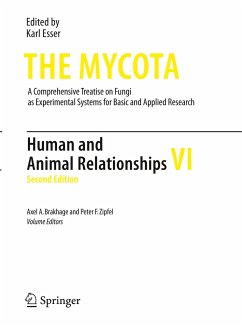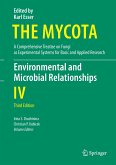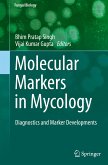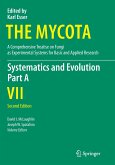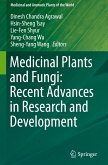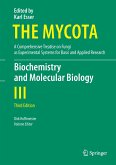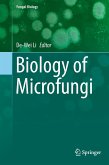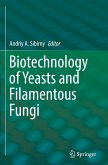Pathogenic fungi are widely distributed and can infect many organisms, particularly humans, but also other vertebrates and insects. Due to a growing number of fungal infections, there is an increasing need to understand the interaction of pathogenic fungi with their hosts.
This second completely updated and revised edition of Volume VI of The Mycota consists of state of the art reviews written by experts in the field, covering three major areas of this rapidly developing field. In the first part the current understanding of pathogenic fungi and the physiological reactions relevant for the pathogen - host interaction are elucidated. The second part describes novel technologies for the identification of proteins, virulence factors and mechanisms central to the host - pathogen interaction. The third part deals with the characterization of the host response towards pathogenic fungi and addresses timely clinical aspects.
This second completely updated and revised edition of Volume VI of The Mycota consists of state of the art reviews written by experts in the field, covering three major areas of this rapidly developing field. In the first part the current understanding of pathogenic fungi and the physiological reactions relevant for the pathogen - host interaction are elucidated. The second part describes novel technologies for the identification of proteins, virulence factors and mechanisms central to the host - pathogen interaction. The third part deals with the characterization of the host response towards pathogenic fungi and addresses timely clinical aspects.
From the reviews of the second edition:
"This book has three sections dealing with pathogens, techniques and host, with 13 chapters and 26 contributors. ... The book is well laid out and each chapter is provided with a contents part, so the reader can quickly scan the chapters' contents. All chapters are well referenced at the back with up-to-date references. ... should be available in all good school, community and university libraries and any research laboratories dealing with fungi, yeasts and medical mycology." (K. D. Hyde, Fungal Diversity, Vol. 45, 2010)
"This book has three sections dealing with pathogens, techniques and host, with 13 chapters and 26 contributors. ... The book is well laid out and each chapter is provided with a contents part, so the reader can quickly scan the chapters' contents. All chapters are well referenced at the back with up-to-date references. ... should be available in all good school, community and university libraries and any research laboratories dealing with fungi, yeasts and medical mycology." (K. D. Hyde, Fungal Diversity, Vol. 45, 2010)

